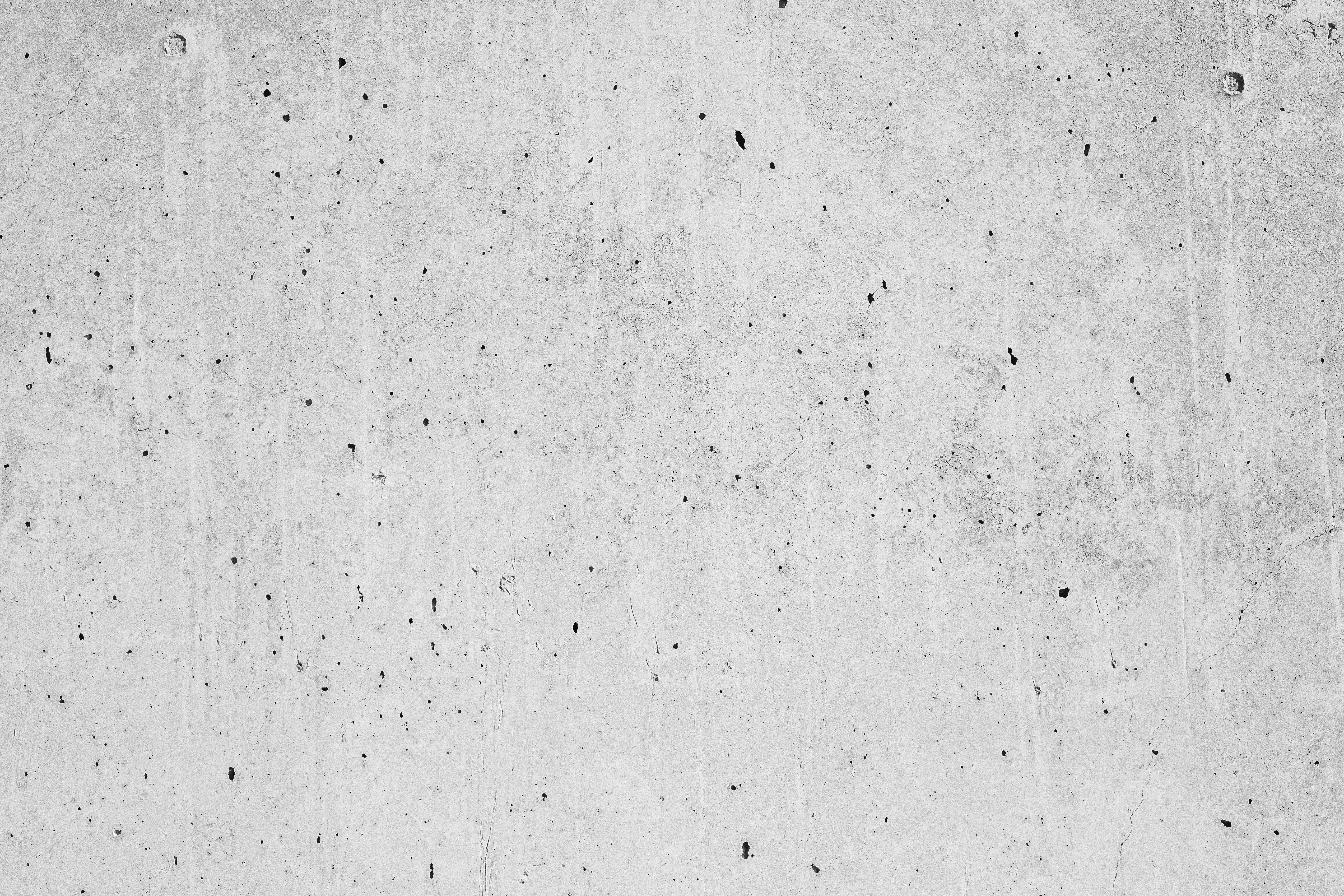
1
Another basic group of materials consists of ceramic materials - compounds of metal and, most often, oxygen. There are two basic types characterised by physical composition and definition. The first group is composed of rocks. They consist of a stable crystalline structure and are characterised by high mechanical compressive strength but they have a tendency to break (granite, marble and others).
The second group includes ceramics and porcelain, which are much more versatile—they can be cast, moulded and 3D printed. Glass and concrete also fall into this category.2
It is the sand and gravel needed for the production of glass and building materials that are among the most mined raw materials today (roughly since 2017, there has been talk of a so-called sand crisis). However, glass is relatively easy to recycle with high quality results and consumes only 15% of the energy that was consumed when it was originally produced.3
In the context of concrete production and construction, Portland cement, a specific limestone whose production corresponds to 8% of world carbon dioxide production, is a much-discussed topic. Research into mixtures of residual kaolin and aluminium production is responding to the challenge of replacing Portland cement. However, such compensation is not yet able to meet the overall demand for cement. An interesting alternative might be the transition from classic concrete to hemp concrete.
It is the sand and gravel needed for the production of glass and building materials that are among the most mined raw materials today (roughly since 2017, there has been talk of a so-called sand crisis). However, glass is relatively easy to recycle with high quality results and consumes only 15% of the energy that was consumed when it was originally produced.3
In the context of concrete production and construction, Portland cement, a specific limestone whose production corresponds to 8% of world carbon dioxide production, is a much-discussed topic. Research into mixtures of residual kaolin and aluminium production is responding to the challenge of replacing Portland cement. However, such compensation is not yet able to meet the overall demand for cement. An interesting alternative might be the transition from classic concrete to hemp concrete.

4

5
1 Recycled GLASS from production, source: Brokis
2–3 HAFFMANS, Siem, et al. Products That Flow: Circular Business Models and Design Strategies for Fast-Moving Consumer Goods. 1. Amsterdam: BIS Publishers, 2018, pp. 91-99. ISBN 978-90-6369-498-2.
4 CONCRETE, Photo by Wesley Tingey on Unsplash
5 BETON, Photo by Wesley Tingey on Unsplash
2–3 HAFFMANS, Siem, et al. Products That Flow: Circular Business Models and Design Strategies for Fast-Moving Consumer Goods. 1. Amsterdam: BIS Publishers, 2018, pp. 91-99. ISBN 978-90-6369-498-2.
4 CONCRETE, Photo by Wesley Tingey on Unsplash
5 BETON, Photo by Wesley Tingey on Unsplash